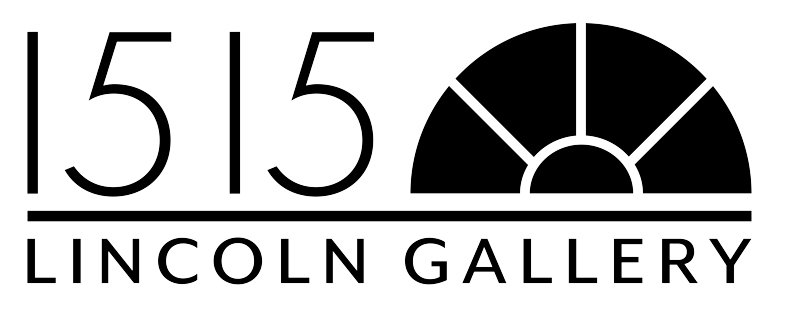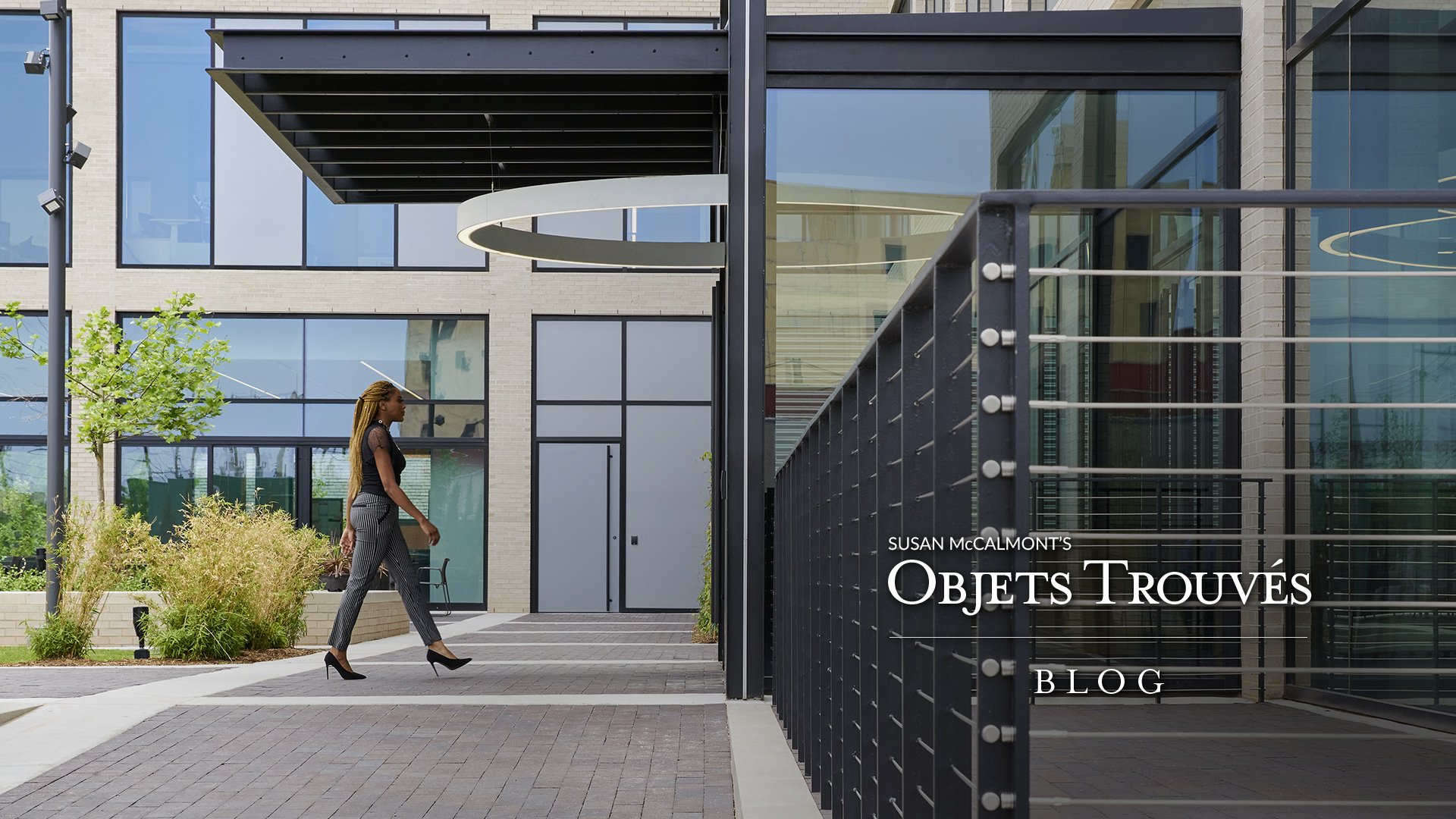The Intersection Between Art and Architecture
Mike Mays
When I first met Mike Mays while director of the Kirkpatrick Foundation, we were trying to help rescue an historic Bruce Goff building in Oklahoma City. I was immediately impressed with his knowledge and passion for preserving historical buildings and the intersection between art and architecture. We shared a fondness for both contemporary design and the craftsmanship of historic buildings. Since our early connection, we have become great friends and have overseen numerous projects in our roles on the Landmark and Historic Preservation Review Board for the State of Oklahoma.
We both want to protect history and look toward the future. Mixing historic, treasured art with original work by contemporary artists is a passionate mission of mine at Objets Trouvés. I feel it is important to understand movements of the past that inform today’s artists. Comparing and contrasting artistic styles, genre and movements excite the viewer and can educate those not familiar with the important role of the visual arts in our collective history.
Mike Mays’ interest in architecture began in his early teens. His father, a full-time firefighter, worked as a contractor on his time off to earn extra income. Mike would often tag along to help and spend time with his father. He distinctly remembers one job where they cut a house in half and moved it from one neighborhood to another. Mike recalls the experience as, “A wow moment that interested me in the building process and not just the building itself.”
As a teenager, Mike enjoyed sketching structures unencumbered by reality and physics. He didn’t realize it then, but his drawings were reminiscent of concepts created by Bruce Goff, the prolific mid-century architect. He loved the minimal aesthetic of a framed building and dreamed about what they could be without going any further. “I was fascinated by the unfinished process more than the finished work,” states Mike. His father chuckled at his son’s imaginative perspective. However, Mike’s awareness of the raw essence of a building and its natural environment developed into a distinguished architectural approach.
Heartland Office Building
Mike studied architecture at the University of Oklahoma, where he was captivated by the masters who crafted beautiful designs using the surroundings. He loved how certain architects viewed buildings as more than just structures. Instead, they were works of art that came to life because of their relationship with the natural environment such as sunlight, trees, or water. Mike grew up on the outskirts of town, where he spent much of his time in the woods or looking out the window on a small lake adjacent to his house. His early connection to the natural environment inspired him to merge structures with nature. “If we incorporate the shelter into the natural surroundings, it visually diminishes the connection between where we live and the outside, something human beings have been doing since the beginning of time,” states Mike. This formidable union creates an artistic space that enhances the living experience inside the structure while highlighting the beauty outside.
After Mike graduated college, he attended a lecture that united his passion with a career in architectural design. The talk, given by notable Oklahoma City architect Rand Elliott, highlighted his interest in the intersection between art and architecture. Throughout his studies, distinct artists expanded Mike’s perspective of how art can inspire architectural design. Man Ray’s photography, Richard Serra’s steel configurations, Donald Judd’s concrete structures, and James Turrell’s “Sky Spaces” all encouraged Mike to find distinct ways to unite his designs with nature. When he listened to Rand Elliott, he connected to how he valued the profound relationship between the structure and its rich surroundings. Not long after meeting Rand, he took a job at the prestigious Rand Elliott Architects firm, where he has worked for more than twenty years on diverse projects throughout the city.
Heartland Office Building
Mike, also an accomplished musician, has always spent time with artists. He says, “Sculptors, painters, musicians, and architects are in attendance whenever I have a party at my house.” His deep love and appreciation for various forms of art continue to inspire his work to design spaces that have a meaningful impact on the people living there. Mike believes the influence a building can have on a person is why architecture is vital to society. “It impacts our daily life, and anything that we interact with daily has to be important,” states Mike.
Today, Mike and his colleagues focus on improving Oklahoma City by creating their structures. The city is growing at a rate of 10,000 people annually, and Rand Elliott Architects are working hard to develop respites in the growing location. One project Mike is particularly proud of is the seven story Heartland office building located a few blocks from his office. His firm designed a bamboo wall at the center of the structure to create a space for rest. “It creates a reminder of the importance of our connection to the natural world,” states Mike. It is a difficult challenge to create vital spaces because developers are trying to maximize the available space. Mike believes, “It is up to architects and designers to convey value above the monetary pro-forma of what we are looking at when we can consider space. It is crucial to the experience.” In addition to creating spaces for relaxation, Mike believes placing original sculptures and other visually exciting artwork offers another opportunity for a positive impact on people. “There is some connection between that art you can interact with and that challenges your assumptions, makes you see the world differently, and can change how people feel,” states Mike. When you change how people feel, you change their behavior and, ultimately, their life.
I am grateful for my relationship with Mike and the thoughtfulness he brings to his projects. Whether overseeing the preservation of a historical building or designing the plans for an eco-friendly corporate campus, Mike intends to discover ways to make the beautiful intersection between art and architecture possible.
Please visit the Rand Elliott Architects website to learn more about Mike Mays and his work.




